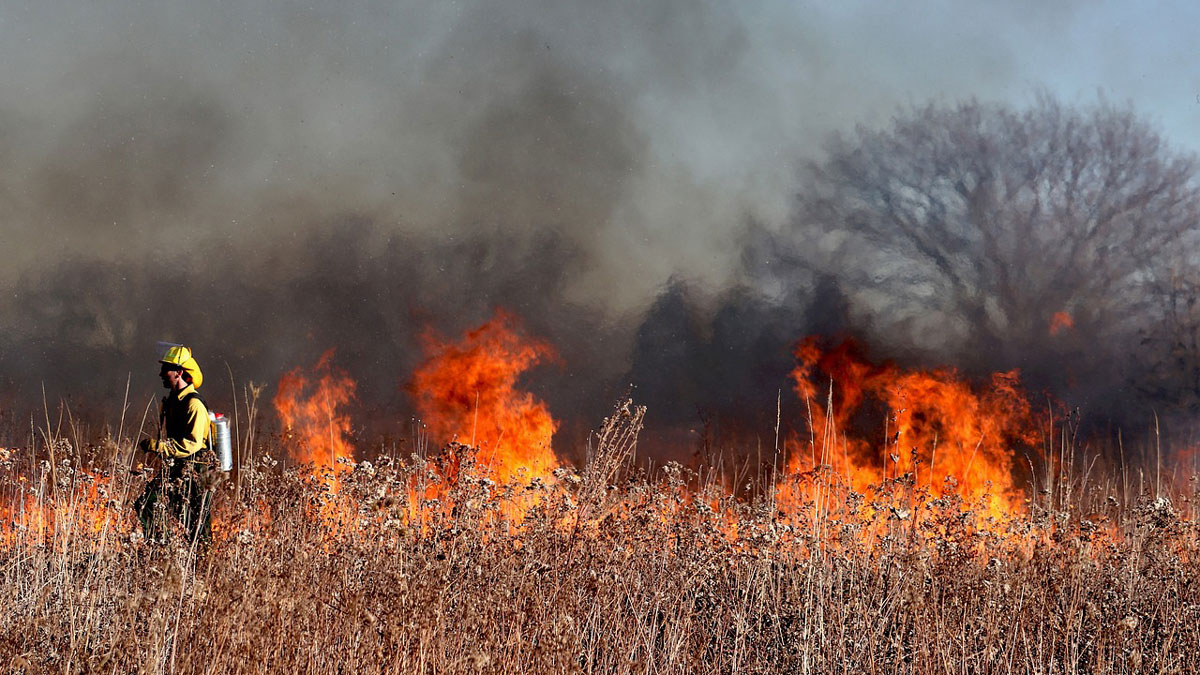The SPRUCE ecosystem in northern Minnesota offered a setting to research exactly how a snowy environment responds to rising temperatures.
seasonal variability
Melting Ice in the Polar North Drives Weather in Europe
Influxes of meltwater into the North Atlantic eventually lead to warmer and drier conditions over Europe.
Climate Change Is Weakening River Seasonality in the North
Seasonal flow variability is decreasing as climate change alters Earth’s systems, creating challenges for water management.
Record-Breaking Temperatures Likely as El Niño Persists
Global surface air temperatures will likely remain high through early summer because of a continuing El Niño event.
Spring Heat Waves Pack a Punch for Snowpacks in the Pacific Northwest
New research shows how the snowpack loss due to moderate springtime heat waves outweighed that of a record-shattering summer heat dome.
A Not-So-Hoppy Future for Beer Drinkers?
New research examining the impact of climate change on hops production has brewed up a storm.
Climate Change Narrows the Window for Prescribed Fires
Longer, drier summers may mean fewer opportunities for firefighters to safely burn would-be wildfire fuel in the western United States.
Adding Oxygen to a Lake to Explore Methane Emissions
A rare whole-lake experiment suggests that in some cases, low-oxygen conditions may have a smaller impact on methane release to the atmosphere than previously thought.
Arctic Ice Loss Could Shorten Winter Feeding Time for Zooplankton
The Arctic’s thinning sea ice allows more light to penetrate deeper into the ocean, holding zooplankton far beneath the surface.
Ancient Mars May Have Had a Cyclical Climate
Hexagonal structures in sediments are evidence of repeated wet and dry conditions on the Red Planet.










